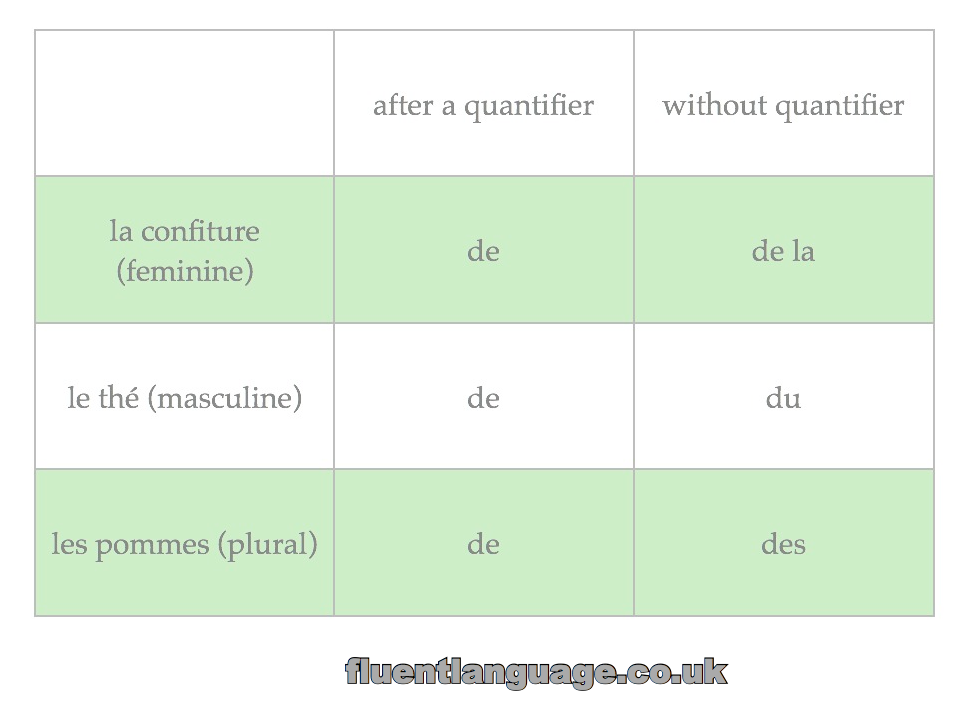Hey all, welcome to the second instalment in my series of articles looking at practical techniques for mastering each of the four core skills in language acquisition. Let's have a closer look at..
Writing
Yes, writing skills. That's that thing people did with pen and paper before screens and keyboards. Ideas for simple exercises to get started with might be writing your shopping list, packing list, postcards or recipes.
Using colours to mark word types, and to annotate my notes.
A word about writing and typing
In this article I do recommend you focus on old-school pen and paper. For the language learner, this provides a really important benefit: kinaesthetic (tactile) learning. This means that the movements of putting letter-shaped lines on paper in new combinations will help you remember.
There are also psychological benefits. I'm currently studying Russian - a new challenge with new letters! Putting them onto paper in my own handwriting and with my own hands gives the whole undertaking a stronger sense of achievement. It really is me mastering letters like л, Ф, and я!
If you do feel that you want to get typing, there are advantages to doing it online. Websites like Italki have journaling functions that invite native speakers to answer your questions or correct your entries, which can be excellent practice. Make sure you re-write everything after it's been corrected.
Steps to improve your writing skills
Play with colour, shape and paper
Now that you are hopefully signed up to pen and paper, or at least stylus and paper app, you should use them to their full potential. Use different coloured pens, highlighters and crayons. Doodle. Mark up your sentences in a way that makes sense to you. Here are some tips to get you started:
- Colour each word differently depending on its gender
- Underline every verb, then shade in every object, then use another colour for different cases
- Write out the sentence in one tense, then re-write it in another
- Draw tables, boxes, diagrams, or whatever you need to illustrate your thoughts
Sound out the letters, syllables and words
While breaks and gaps in a conversation are so obvious they're bound to make you nervous, writing is something you can do in your own time. Languages have a script in order to document the sounds you make when speaking out loud, so make sure you engage fully when you are writing things down: Sound out each letter, add the sounds to make a word and really get to know them. Yes, it sounds silly. That probably means you are doing it correctly.
Listen and Write
Combining your language skills is the key to fluency. When it comes to writing, this means your integration should go both ways. Remember dictation tests from school? Find a simple audio example. Listen first and write down what you hear - this will work on your comprehension, spelling and most importantly teach you the connections between spelling and sound. Then compare your notes to the transcript to see what you got right. This exercise should be a weekly drill, because its benefits are bound to build up your skills significantly.
Writing was part two of the Fluency Masterclass. Catch up on Part 1 (Reading), and if you enjoyed this article why not subscribe to my monthly newsletter here:
Fluent Language Learning Newsletter
Other great articles about reading in language learning
- Omniglot: Want to speak a foreign language better? Learn to write first!
- The Everyday Language Learner: Five reasons you should write as part of your language learning







